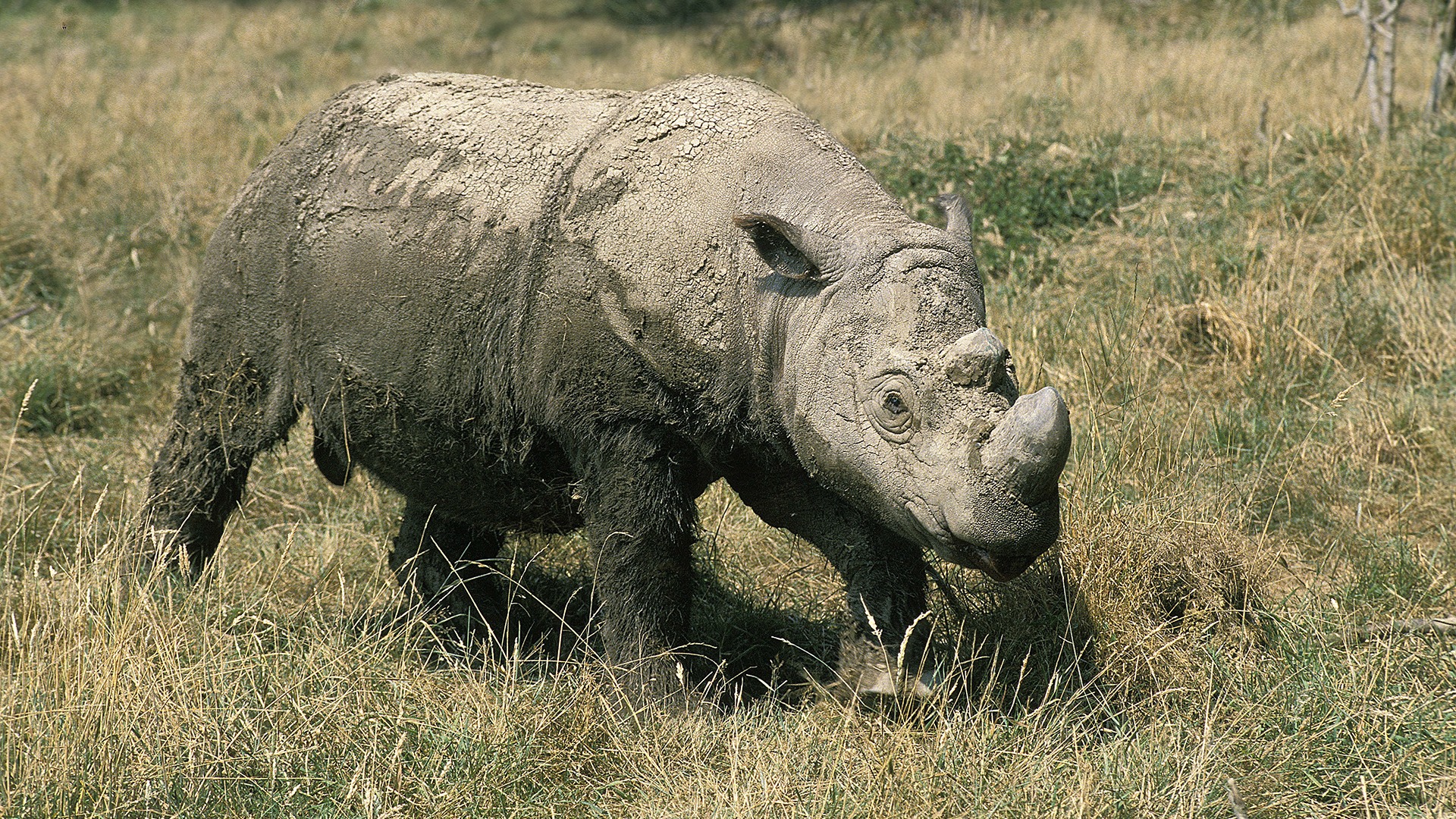Hopeful results from Sumatran rhinoceros study
Facilitated by the SciLifeLab National genomics infrastructure (NGI) and the Bioinformatics platform (NBI), researchers from the Centre for Palaeogenetics in Stockholm, has shown that the last remaining populations of the Sumatran rhinoceros display surprisingly low levels of inbreeding. 21 genomes from modern and historical rhinoceros’ specimens was sequenced, providing the researchers with information about the genetic health in rhinos living today as well as a recently extinct population.
”To our surprise, we found relatively low inbreeding levels and high genetic diversity in the present-day populations on Borneo and Sumatra”, says Johanna von Seth, PhD student at the Centre for Palaeogenetics and co-lead author on the paper, in a press release from Stockholm University.
The Sumatran rhinoceros is one of the most endangered mammal species in the world, with less than 100 individuals remaining. Recently, reports of inbreeding problems and low fecundity has been reported even though very little is known about their genetic status.
In a recent study, published in Nature Communications, researchers wanted to find out if the Sumatran rhinoceros really is threatened by genetic factors, and if so, how bad the situation is.
By analyzing the genomes of 16 individuals, representing the present-day populations on Borneo and Sumatra and the recently extinct population on the Malaysian Peninsula, the researchers could estimate inbreeding levels, genetic variation, and the frequency of potentially harmful mutations in the populations. The researchers also investigated the genomes from five historical samples in order to find out more about genetic consequences of the severe population decline of the past 100 years.
The results showed that the inbreeding level in present-day rhinos is comparatively low but according to the researchers, this might be because the decline in population size only occurred very recently and that inbreeding has not yet caught up with the current population size. This means that there might still be time to preserve the species’ genetic diversity. However, the researchers also found many potentially harmful mutations hidden in the genomes of these individuals, which might pose a threat to their survival.
”Unless the populations start increasing in size, there is a high risk that inbreeding levels will start rising, and consequently that genetic diseases will become more common”, cautions Nicolas Dussex, postdoctoral researcher at the Centre for Palaeogenetics who also co-led the study.
Read more about the study and potential solutions in the full press release





